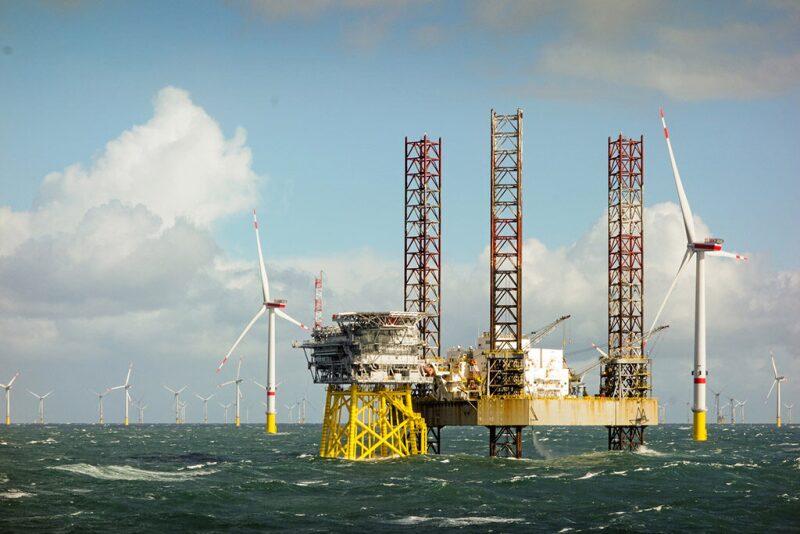Whenever I am considering a topic or a theme for the paper selection, I realize that certain topics may generate some instant reaction that is counterproductive. I say counterproductive because it may lead to a decision not to read the synopses, let alone the papers themselves, even though there may be good reasons to read them.
The topic for this selection falls in that category: offshore wind energy. Now, if you are tempted to stop reading, please bear with me for a few minutes. I did not select this topic because I want to promote renewable energy or because I believe that oil and gas production will end in the foreseeable future. But as practitioners involved in the design and fabrication of oil and gas facilities, especially those with offshore experience, I think that it makes only good sense to be aware of what is going on when it comes to offshore wind energy.
First, our experience with offshore installations can easily be applied to offshore wind facilities. But these facilities can also be used to provide the power for subsea installations (which could make a questionable development plan a reality) or be part of a repurposing strategy for existing offshore oil and gas facilities. And I think that even die-hard believers in oil and gas production would have to agree that these are interesting options that deserve some consideration.
So, in the hope that the first paragraph was sufficient to keep you reading, let me say a little about the four papers I selected. The first three would have been presented at the 2020 Offshore Technology Conference (OTC), which had to be cancelled because of the pandemic, and therefore may not have gotten the attention they deserve.
Paper OTC 30524 deals in part with floating wind turbines (which is based on the experience with spars), while paper OTC 30698 discusses a power-to-gas scenario, whereby energy generated in the form of electricity is transported over the long distance to shore in the form of hydrogen through existing pipelines. Finally, OTC 30721 describes a concept that integrates an offshore windfarm in a subsea field with long-distance tiebacks to provide power to subsea equipment. All three of them clearly classify as papers that may be of interest to practitioners involved in the design and fabrication of oil and gas facilities.
To complete the selection, I also included a paper that was presented during the 2019 OTC, which provides a good overview of offshore renewable energy (OTC 29672). Because just as offshore wind may provide interesting options for our industry and those that are involved in facilities design, other offshore renewable energy sources may provide the same options. And this paper will introduce you to the various alternatives, so you know what is out there.
I hope that this introduction will convince you to read at least the synopses written by the SPE staff, and if you want to read the entire paper, you can find them on OnePetro.
Click below for a synopses of the papers:
Expansion of Offshore Wind Depends on Development of Floating Wind Turbines
Harnessing Offshore Renewable Energy
Offshore Hydrogen Production Enables Far Offshore Wind Development


